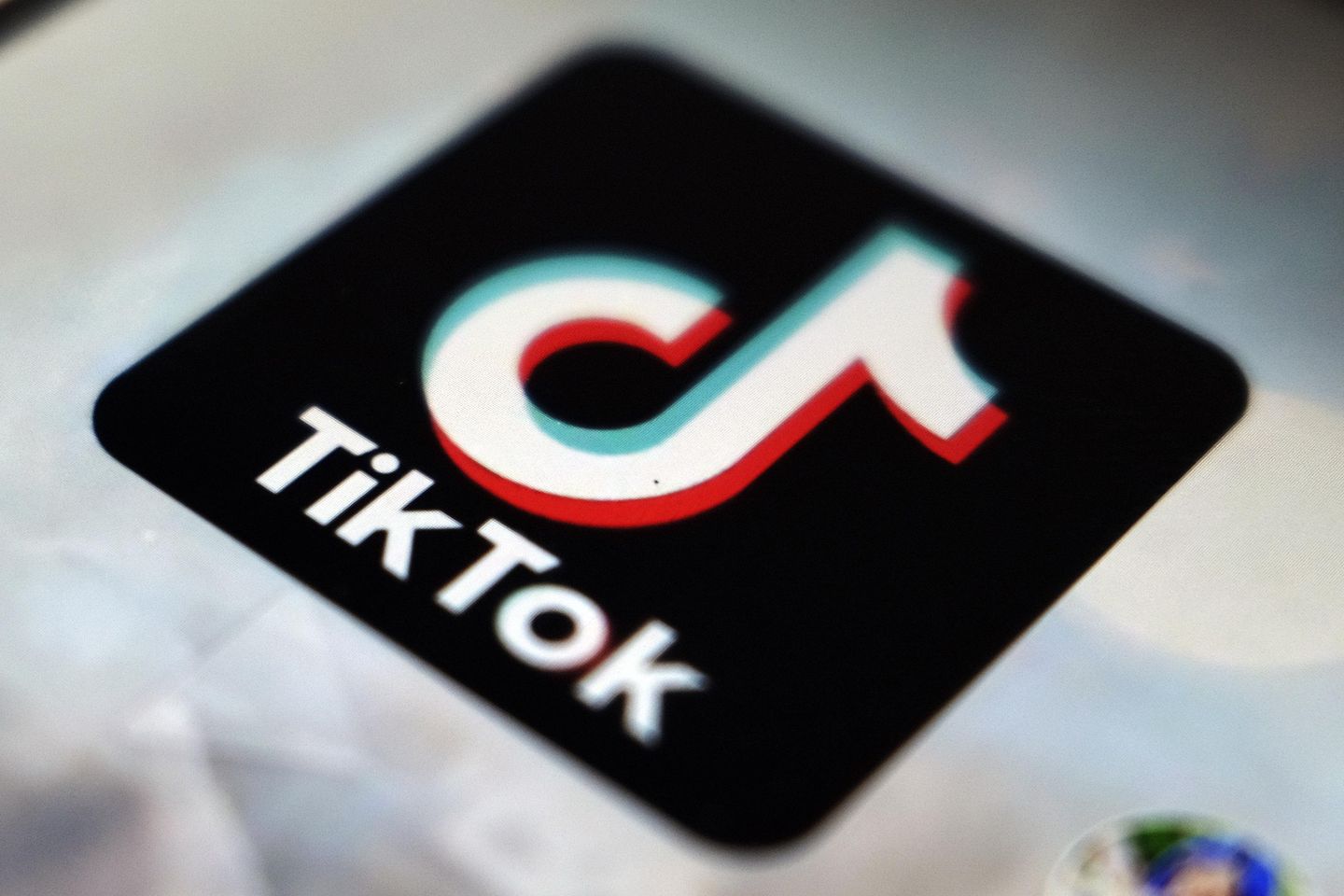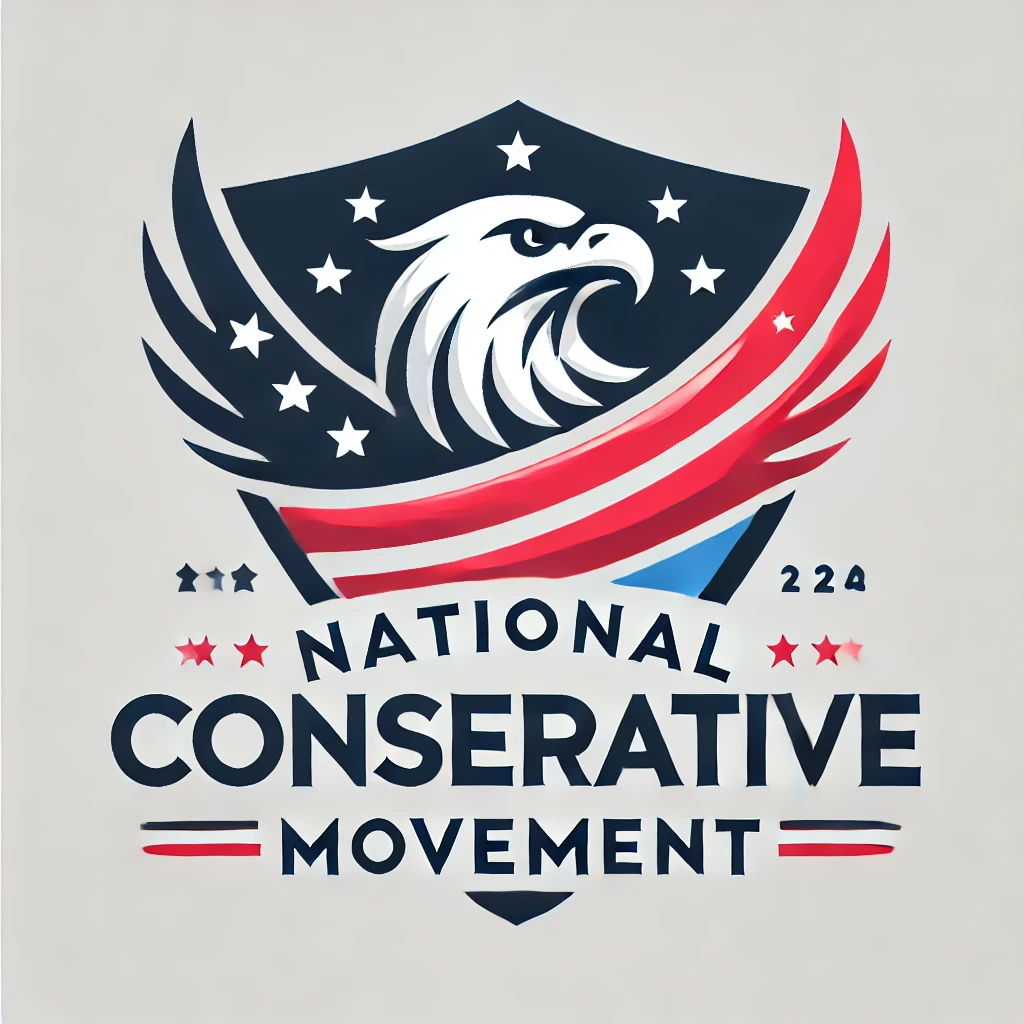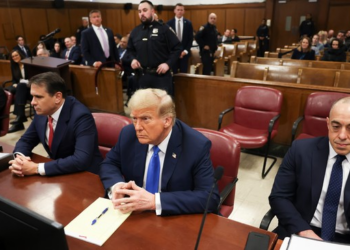
Pop songs are getting shorter as artists adapt to the demands of digital platforms.
Hit tracks like Sabrina Carpenter’s “Taste” (2:37) and PinkPantheress and Ice Spice’s “Boy’s a Liar Pt. 2” (2:11) exemplify this trend toward brevity, which experts predict will continue. By 2030, Samsung projects the average hit may be just two minutes long — half the length of 1990s hits.
This shift is driven primarily by TikTok and Spotify. On TikTok, a 10-second snippet can propel a song to chart success, while Spotify only pays royalties if listeners pass the 30-second mark. These economic incentives have fundamentally altered how music is structured.
“Artists, especially new young artists, are simply just creating hooks and trying to circulate those on TikTok,” explains Andrew Mall, a professor at Northeastern University who studies music and media. “And if that moment seems to be grabbing people, producers just say: ’Let’s flesh out the whole piece, in that case.’”
The traditional song structure is being compressed as a result. Many tracks now start with the chorus to immediately capture attention, eliminating long intros and bridges. According to TikTok’s 2024 Music Impact Report, 84% of songs on Billboard’s Global 200 gained traction on the platform before hitting the charts.
Even established stars are adapting. Taylor Swift’s songs have shortened from nearly five minutes in 2010 to just over three and a half minutes by 2019. This reflects the reality that on Spotify, a quarter of songs get skipped within five seconds, and a third don’t make it past thirty seconds.
The trend isn’t just cultural but algorithmic. Streaming platforms reward songs that match listener behavior, and shorter songs get played more, repeated more, and recommended more. This creates a feedback loop encouraging artists to keep trimming their work.
While this evolution has democratized music creation — “With TikTok and AI tools … the consumer becomes the producer,” notes Shlomo Dubnov, composer and UCLA music professor — it comes with trade-offs. Music is becoming shorter, simpler, and often lost in algorithm-crafted playlists rather than standing on its own artistic merits.
As the industry continues to be shaped by these forces, the question remains whether there’s room for musical diversity beyond the algorithm-friendly format that now dominates the charts.
Read more: Songs are getting shorter, thanks in part to Spotify and TikTok algorithms
This article is written with the assistance of generative artificial intelligence based solely on Washington Times original reporting and wire services. For more information, please read our AI policy or contact Ann Wog, Managing Editor for Digital, at awog@washingtontimes.com
The Washington Times AI Ethics Newsroom Committee can be reached at aispotlight@washingtontimes.com.












